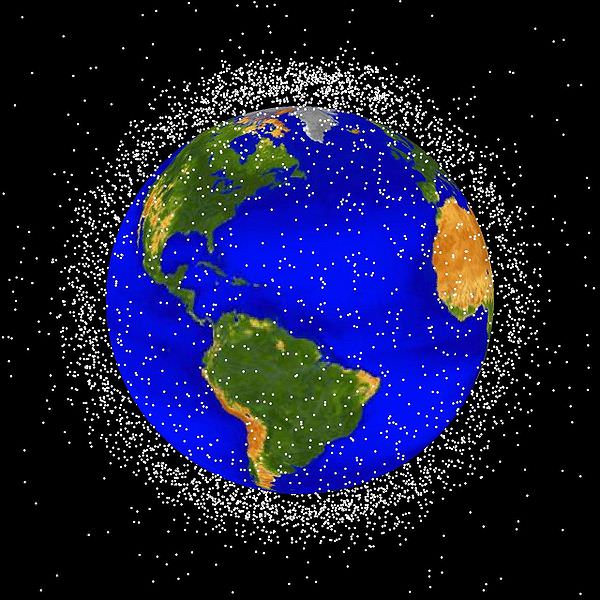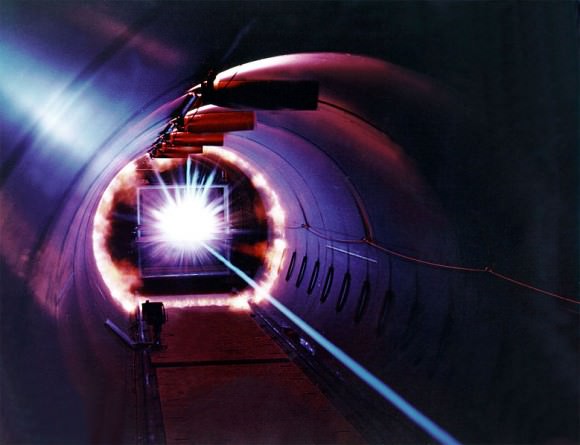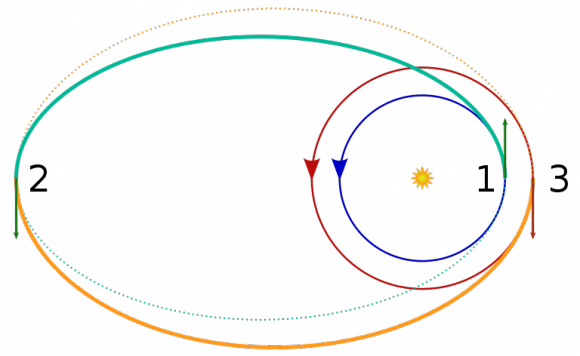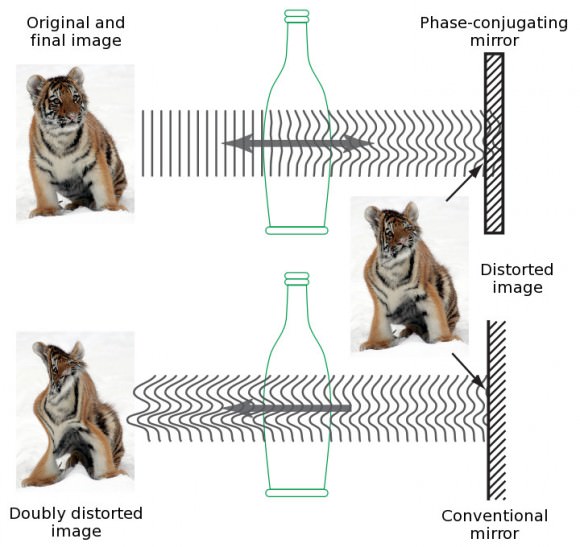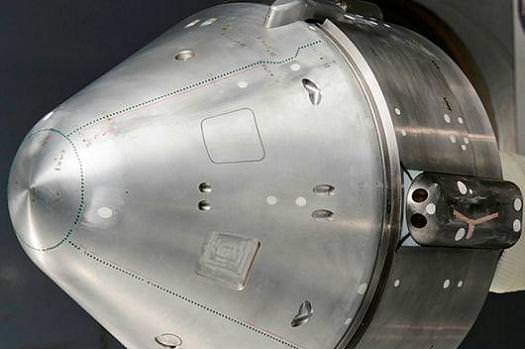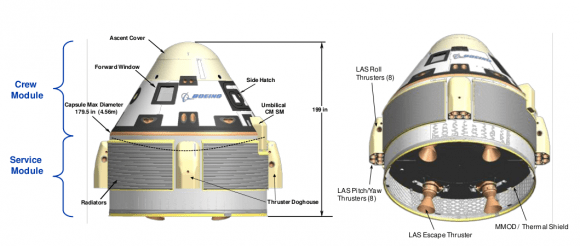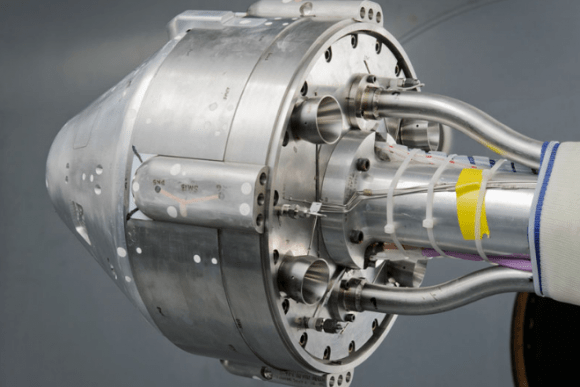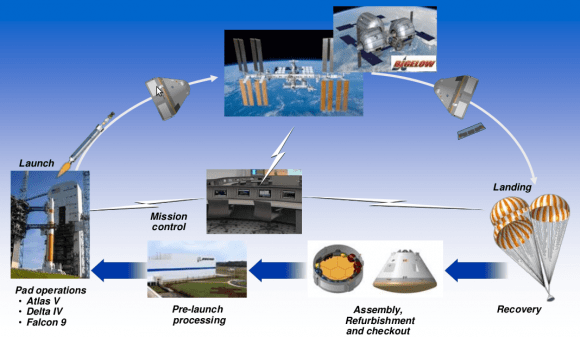[/caption]
Jeff Foust of The Space Review may have said it best when he claimed that ITAR, a set of trade regulations regarding defense-related trade, was “an acronym that has become figuratively and literally a four-letter word in the industry given the costs, delays, and general uncertainty involved in dealing with those regulations.” No matter where you are on the political spectrum or no matter where you stand on the debate about what’s next in space, you will find people who hate the ITAR’s (International Trade Arms Regulations International Traffic in Arms Regulations) influence on space commerce. Even in this time of great partisanship, Rep. Howard Berman [D-CA28] along with six Democrats and four Republicans have joined forces to craft a sword that, once given to the president will eliminate ITAR’s influence on space commercial enterprise.
The Safeguarding United States Satellite Leadership and Security Act of 2011 is the name of the bill. Also named HR 3288, the act removes spacecraft and related components from the United States Munitions List which is a list of items which are controlled by ITAR. China, Cuba, Iran, Sudan, Syria, and North Korea have restricted access to US spacecraft merchants, easing fears that US technology would fall into the wrong hands.
HR 3288 has created much excitement in the space industry.
“Congress has the opportunity to dramatically improve the competitiveness of the U.S. satellite and space industries and ensure an innovative and thriving U.S. space industrial base,” said Patricia Cooper, the president of the Satellite Industry Association, in a press release. She added that they would be jumping for joy if it weren’t for the “outmoded and overly-restrictive regulation” they say they are under.
Why so much joy? Mitchell Baroody, political analyst, advocate, speaker and told Universe Today that “while ITAR may have some positive effects on National Security, the detrimental effects of these ‘red tape-laced’ regulations cannot be ignored.”
For instance, according to The Space Review in 2006, U.S. Satellite Manufacturers have estimated losses from ‘$2.5 and $6.0 billion since 1999 due primarily to ITAR regulations.’
“When industries become over-regulated, this is what happens,” Barody said. “As a result of ITAR, even…‘friendly’ foreign countries are weary of dealing with the U.S.”
This makes it difficult for our allies because spacecraft are listed after deadly toxicological agents and before destructive nuclear weapons with all three under the same trade rules. Despite this hilarious position, spacecraft’s removal is still, according to Space Politics, “an uphill battle, as Congress awaits the administration’s export control reform proposals as well as delivery of a final version of a report looking at the national security implications of moving satellite export control reform.”
This uphill struggle against protectionism might not be so bad because over the overwhelming need to create jobs. Baroody acknowledged that there are “many who are advocating protectionist ideals, like Donald Trump advocating increased trade tariffs of 25% with China in April of 2011.”
However, Baroody said, there are many more who know that in the present American economy, people are looking for any feasible solution to export control that has economic benefits. “Unfortunately, becoming more protectionist could have some very negative economic implications for the American consumer,” he said.
Baroody does not foresee this bill being stopped by the protectionist movement. “HR 3288 does not, in any way, benefit the one country who has been treating us unfairly, China,” he said. “This bill should not face an obstacle, in reference to protectionism.”
To Baroody, the thought “that idealists tendencies, which are not accurate, can dominate and win over more jobs, more freedom for American business, and more money in the pockets of Americans is…sickening.”
Some could counter-claim saying national security is at risk, but Baroody thinks the US government has gone too far.
“Before the satellite industry was given such a devastating blow in 1999, it is fair to say there was not enough oversight. However, putting satellites on the munitions list went way too far,” he said. “Now, American Manufacturers are winning with HR 3288 and American security is being preserved because the malevolent nations are excluded from being sold these satellites and components.”
Drilling down to the mechanics of the law, this is the only route Congress can take to export reform as Baroody explains: “Title 22 USC § 2778 (The ITAR) gives Congress oversight in munitions list removal. The President has to present any removals to Congress and cannot remove anything until 30 days have passed upon notification of the Speaker and specific committees. They specifically authorized the President to have discretion in removal. In HR 3288, Congress authorizes the President to remove the satellites and related components only if this does not cause a threat to National security.” In other words, congress can’t remove the spacecraft from the munitions list themselves.”
The Safeguarding United States Satellite Leadership and Security Act of 2011 is not perfect. “The bill includes risk-mitigating licensing controls, procedures, and safeguards,” Baroody said. “Red-tape and regulations are always going to get in the way of commerce, regardless of whether it involves space or some other category of commerce. If you put aside the risk mitigating licensing controls, procedures, and safeguards and look at America’s tax system, the answer is obvious.”
“The red-tape a company has to go through to get a product to market, like a satellite, can also be just as bad as paying more for it,” Baroody continued. “Having to paddle through the exorbitant amount of regulations to ensure you are legally allowed to sell your product and your buyer is allowed to keep it, is detrimental to every business. We should have regulations, but they should be within reason and should make sense. Government should not babysit our industries but they should keep an eye on them to make sure no one is getting hurt and the American people are being reasonably protected”.
This bill even has international implications. In an interview for The Space Review Dennis Burnett, vice president of trade and export controls for EADS North America expressed that “You cannot build a big sophisticated satellite without US parts and components, you just cannot do it…Those components might comprise no more than five percent of the satellite, but still, it’s a very important five percent.”
Because of this international impact, the bill was referred to the Foreign Affairs Committee on November 1st. This so called ‘Congress of specialists’ will, if they give the bill their time, study the bill then report on it. If the committee doesn’t give the bill their time, it will die there. Only after the committee’s review will there be a vote on the elimination of the ITAR.


